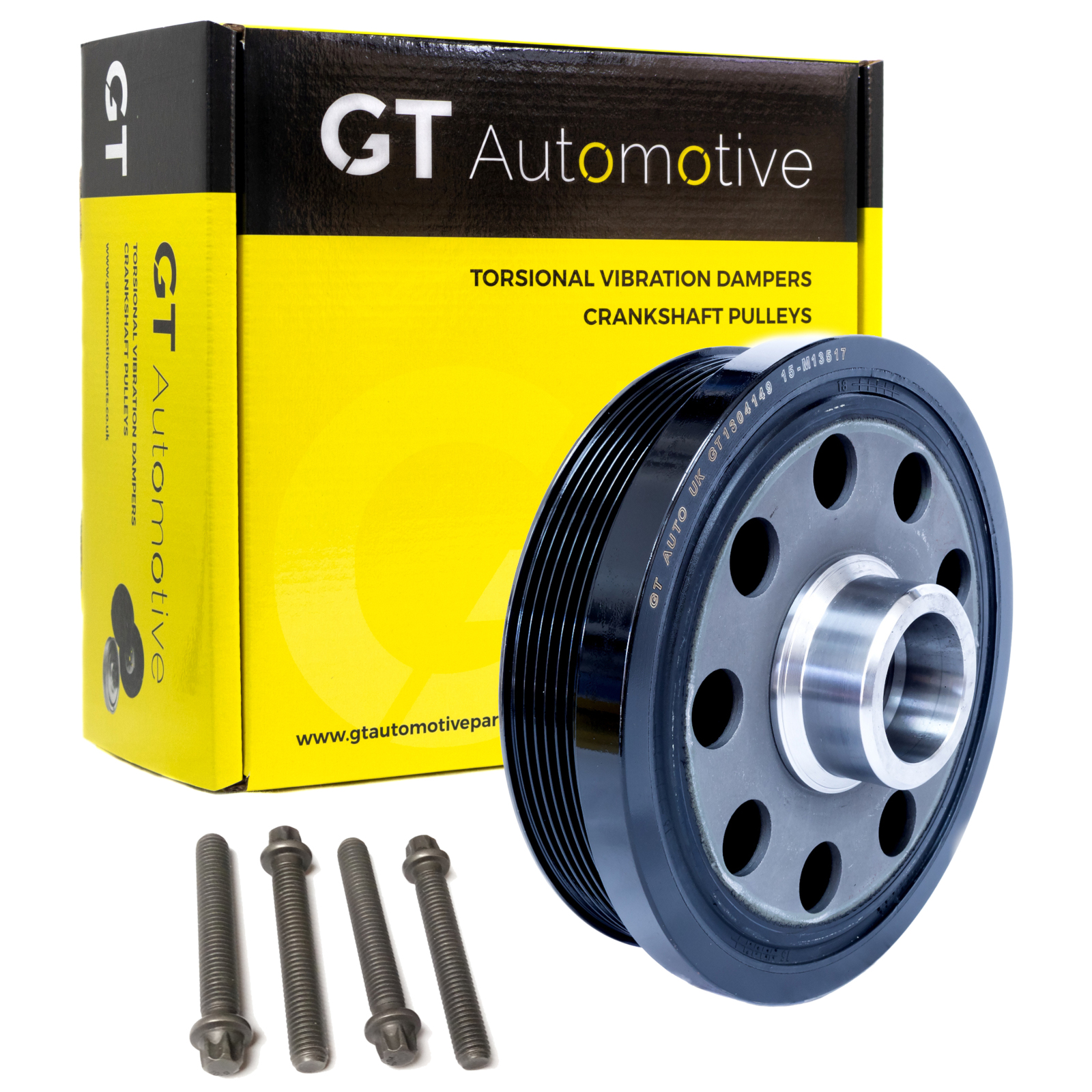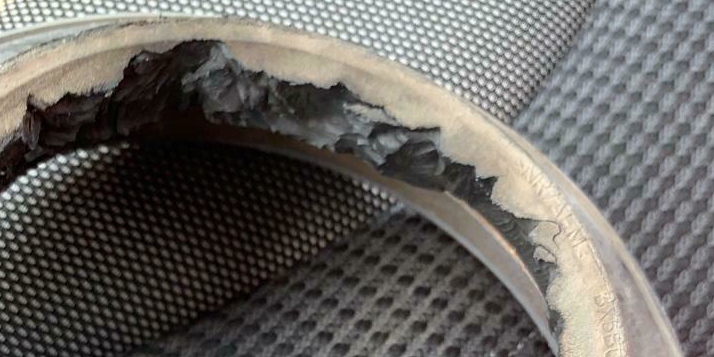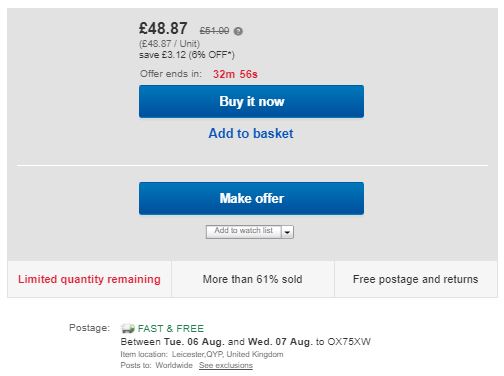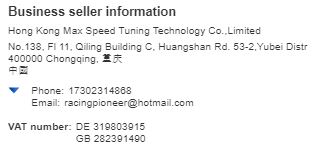🔥 There Is No Doubt About The “Product Of The Month” For July !
GT1304073K has stolen the show! But why has this part, and the crankshaft pulley range in general, seen a rise in sales? Find out below…
You may already know that this crankshaft pulley is shared amongst not only Series 1, 2, 3, 4 and 5 model BMWs but also the X1 and X3 models as well. Please Reach Out for more detailed compatibility information and availability.
What you may not know is that this particular crankshaft pulley, like all others, has a few niggles :
Fitting Incorrect Part
While this TVD is compatible with the vehicles listed above, it is not compatible with all engines within these outlined vehicles. With this part, only a BMW engine with the prefix N47N will play nicely.
It’s common knowledge in the motoring industry that vehicle manufacturers will re-release a vehicle as a face-lift version a few years into the model’s life span.
Not so common knowledge however, due to the somewhat misleading “face lift” label, is that these changes are not purely aesthetic, and can include mechanical improvements to any component of the vehicle; even something as minor as a smaller or lighter fitting bolt can have major implications on part compatibility and even integrity of the part once fitted.
An automotive facelift (also known as mid-generational refresh, minor model change or minor model update, life cycle impulse) comprises changes to a car, truck or bus’s styling during its production run – including, to highly variable degree, new sheetmetal, interior design elements or mechanical changes – allowing a carmaker to freshen a model without complete redesign.

|

|
| GT1304049K N47 Engines | GT1304073K N47N Engines |
The above parts could very well be twins to the eye, but are actually very different in construction. The internal configuration of these two dampers are completely unique and, should the incorrect part be fitted by mistake, you will find a very short lived part life with potentially engine killing consequences.
With a combination of R&D constantly improving both component design and overall efficiency in the mechanical marvel that is a combustion engine, emissions being scrutinised across the board and costs always needing to be lower, the complexity of engine part manufacture as well as the frequency of mid cycle changes are becoming more and more commonplace.
Rubber Degredation
As with all Crankshaft Pulleys that include a rubber damping layer, many different road and environmental factors contribute to it’s overall health. Very recently, the UK has experienced some beautifully warm weather to mark the beginning of the summer school holidays. Unfortuntely, as much as we love a taste of the tropics, it can be a death sentence for already worn parts in the engine.
Not only attributed to heat, any dramatic temperature changes can degrade the rubber layer in a TVD as it is forced to expand and contract, all the time being under enormous stress and pressure from the everyday working condition of a combustion engine.

Due to the combined stress of major environmental heat and more excessive use as families embrace the summer holidays, these parts have been giving way and in some cases separating into two pieces entirely as the rubber layer simply cannot cope under the strain.
At the first signs of any micro cracks in the rubber, the part should be changed to prevent any further part or engine damage.

Cheap, Inferior & Illegal Immitation
Our final issue is not with the part itself, but more an issue with our own thought process. Quite simply, everyone loves a deal!
In recent years there has been a massive increase in supply to the end customer from the Far East through online retail. This fully extends to the vehicle component aftermarket, and has become such an issue that the widely renowned IAAF and SMMT organisations are both embroiled in the legality of not just the supply of simply inferior parts but lethally inferior parts.
This is the first time in the UK that the government has brought together key players to highlight the dangers consumers face from counterfeit car parts.
Audi, BMW, Independent Automotive Aftermarket Federation (IAAF), Manufacturers Against Product Piracy (MAPP), TecAlliance, Independent Garage Association (IGA), Amazon, eBay, Trading Standards, the Police IP Crime unit, Intellectual Property Office (IPO), M-Sport, Motor Sport Association UK (MSA), International Automobile Federation (FIA), NGK Spark Plugs, TMD Friction and Philips Automotive.
All recognise that consumers need to understand the risks they are taking in buying fake vehicle parts.
There is no grey here, it is black and white and boils down to two areas:
– The cost of manufacturing is kept down by using components and materials that are not always fit for the task. In the case of this product for example, unless a higher quality rubber is used in the damping layer it simply will not able to cope with the stress that it is put under in the engine and is likely to fail very quickly compared to a premium part.
– The parts are not tested or regulated to the same standard that is required by companies manufacturing within the European Union, a process that can be extemely expensive to achieve and stay compliant with. ISO standards put forward by TUV Nord are likely the most well known of all regulating standards. The standards are not just applied to the finished product but also the materials used in their contruction. Any failure at any point from raw material through to finished automotive part will result in failure to meet ISO standard.
In another situation, a quicker failure for a cheaper price may be acceptable. However, in a vehicle of any size, a failure of an engine component can cause massive damage to the engine as a whole and even cause loss of life. Taking any kind of shortcut, whether that be the price of the part or the workmanship undertaken is extremely dangerous and is something that should not even be considered in the automotive aftermarket.
How To Best Protect Yourself
– Where possible, always allow your garage or mechanic to purchase the parts for you. At the very least, your fitter should be able to give you a budget brand and a premium brand
– If purchasing parts yourself, your first point of contact should always be your local Motor Factor store. Use the links below to find one of our stockists right now!

|

|

|
 |
– If purchasing parts yourself, get a quote from your garage or mechanic. Any parts that are much cheaper than their estimate – allowing of course for labour charges – should be avoided
– If buying online, make sure that your part is not coming from outside of the EU. On eBay, for example, you cannot work on face value. The shipping information at the top of the listing may state stocked in the UK, but the Business Address right at the bottom will give you the parts true origin. With more than half of parts listings now from outside the EU on eBay, take an extra 5 seconds to scroll down!


– Finally, and most importantly, always look after your engine and make sure to keep up with your manufacturer or garage recommended service plan

